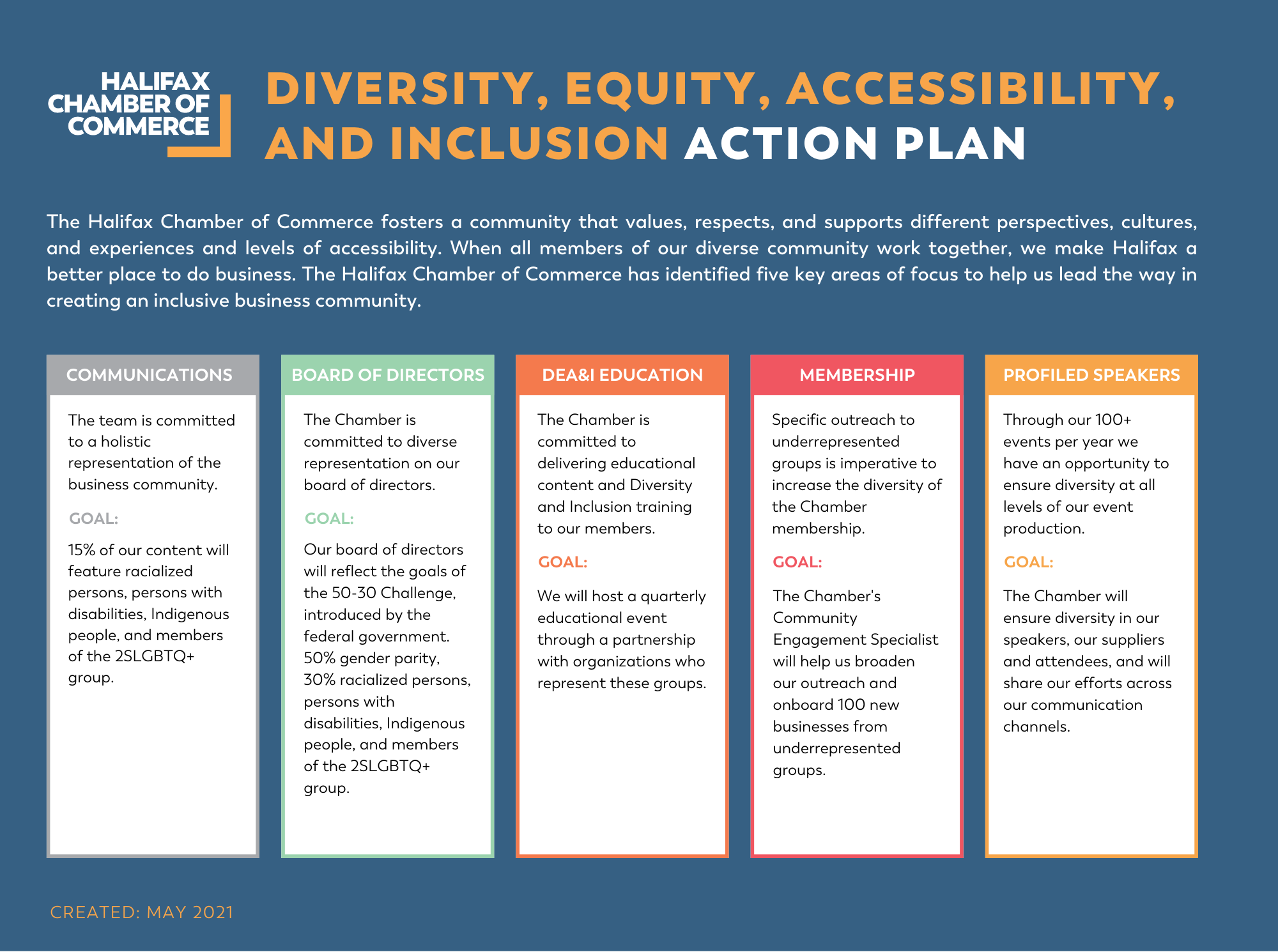As part of the Black Canadian Social and Emotional Skills Strengths project, the Conference Board of Canada released their report entitled: “Bridging the Gap Between Identity and Social and Emotional Skills Black Canadians’ Perspectives of Social and Emotional Skills in the Workplace”.
Authors Rachel Smith and Michelle Gorea use the report to address anti-Black racism in the workplace. Their key findings indicate that “despite public discussions about anti-Black racism in Canada and calls for more diversity at work, racialized groups continue to experience workplace cultures that are accepting of racist or discriminatory behaviors.”
The report also focuses on how employers evaluate social and emotional skills of Black Canadians in the workplace. Smith and Gorea indicate: “Black Canadians reported that their racial identity impacts how their social and emotional skills are recognized and evaluated at work, leading Black workers to feel like they can’t be their authentic selves at work and also leading to perceived barriers to career advancement.”
These findings play into the larger social construct of racism as well as the innate human trait of unconscious bias that continually impact the lives of racialized peoples. As I write this piece, I cannot help but reflect on my own individual experiences navigating various workplaces throughout my professional journey.
The report addresses many key findings that people of colour have been vocalizing for years, including but not limited to barriers to workplace advancement, discrimination in the workplace, and unequal pay scales.
Much of what the report recognizes is a result of missing perspectives from Black Canadians. Despite the growth of knowledge that has resulted from many organizations and business across Canada making a more calculated effort to diversify their workforces, many of those very organizations lack the ability to make Black Canadians feel included in the workplace.
All communities have cultural protocols that they are accustomed to when interacting with and around each other. Each community has a distinct set of norms that govern their cultural underpinnings. Things like greetings, gestures, and reactions to different external experiences create a mutual understanding amongst those who can relate.
The lack of representation of Black Canadians in the workplace forces those from the Black community to rewire themselves for the workday/week ahead of them. Black Canadians are forced to interact in a way that favors the dominant group of coworkers who are operating by a separate set of cultural protocols. In this case and historically, this is what leads to the apathetic attitudes and low engagement that organizations see from Black employees.
Diversity in the workplace is important. However, without a strategic effort to ensure inclusion amongst racialized populations, participation will remain low.
Inclusion in action
As an organization that has struggled with participation in the broader community, the Halifax Chamber is no stranger to these findings. In response, we, as a business association representing over 1,850 businesses, have developed a comprehensive action plan to highlight and measure our contributions to underrepresented communities: our Diversity Equity, Accessibility & Inclusion (DEA&I) Action Plan. Our plan was created with community members to find gaps within our internal operations and develop measurable targets to help our organization become more representative of the broader business community here in Halifax.
By developing these quarterly targets that directly correlate with our core business operations, we have seen an immense increase in engagement and participation of those from underrepresented communities. Making the work measurable and tangible has allowed us to create transparency behind the work and has enabled us to progress the number of such targets.

Our goals and commitment
• Onboard 100 new members from underrepresented groups in 2-year period.
• Our Board of Directors will reflect the goals of the 50-30 Challenge, introduced by the federal government (50% gender diverse and 30% racially diverse).
• 15% of our content will feature racialized persons, persons with disabilities, indigenous peoples, and those from the 2SLGBTQ+ community.
• The Chamber will ensure Diversity in our speakers, suppliers, and event attendees.
• We will host one quarterly educational event related to DEA&I.
Two of our goals directly correspond with the issues addressed in the Bridging the Gap report. The first is our goal to diversify our membership by obtaining 100 new members from underrepresented groups. This goal, however, would be a disservice to our broader community without a commitment to continuously train and educate. Consequently, our second goal is to provide ongoing education opportunities to our membership, staff, and board by hosting quarterly educational workshops and training sessions. Increasing cultural awareness fosters cohesion and a more in-depth understanding of those with whom we live, work, and play.
Our DEA&I Action Plan helps us stay committed to ensuring we are taking the necessary steps to make our Chamber more inclusive and welcoming — especially to those who may not have always felt welcomed. We will continue to work alongside community members and leaders across sectors to help us move this work forward. We hope to encourage other organizations to not only increase the diversity of their workplace, but to also foster a true sense of understanding and inclusion.
Find the report here:
“Bridging the Gap Between Identity and Social and Emotional Skills Black Canadians’ Perspectives of Social and Emotional Skills in the Workplace”.
Find helpful resources and stay updated on our progress with our DEA&I Action Plan at:
halifaxchamber.com/resources/deai-toolkit
< Back to Articles | Topics: Working for you

